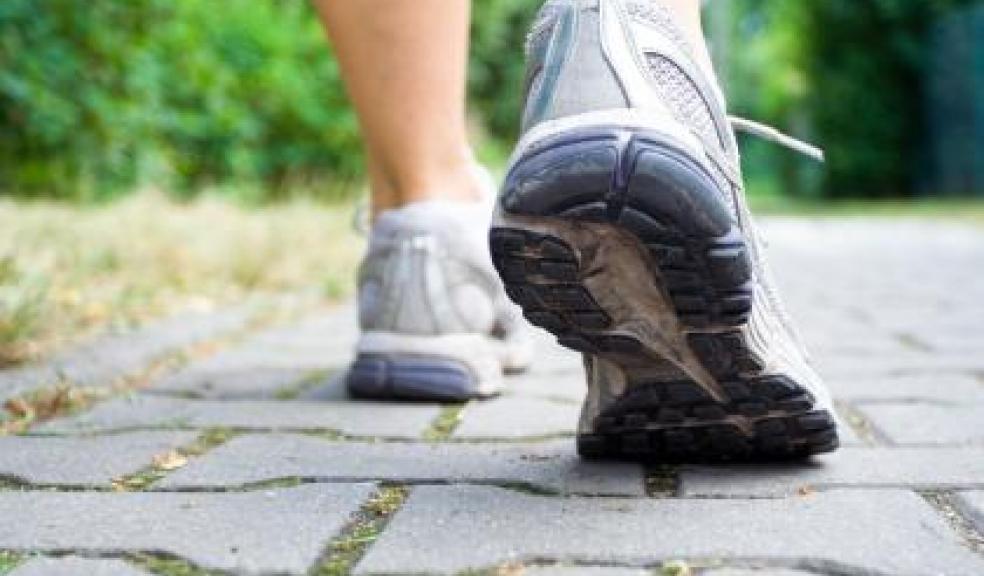
How to stay active with Osteoporosis
Many people are under the mistaken notion that if a person suffering from osteoporosis does regular exercise, it will lead to a fracture. In reality it is actually the opposite. Using your muscles helps in protecting your bones.
Osteoporosis is a bone weakening disability that is more common in older women. It often results in fractures in the spine and hip which can hinder your mobility.
Exercise is essential, just like you need the prescribed amount of vitamin D or calcium to make sure that your body has what it needs to create new bone, the mechanical stimulation provided by exercise is also essential for bone formation.
Bone tissue responds to your body’s everyday signals, so when you stop moving it gets a signal to remove bone. Hence it is important to stay as active as possible. A good exercise program will help in making your bones more resilient and also avoid falls and fractures. Additionally supplements like Neocell collagen can ease joint pain.
It is also important to consult a specialist in osteoporosis before you begin your exercise program. This gives them a chance to review your bone density measurements, current fitness regime and the level of activity that you are used to. It is advisable to bring your prescription if you are on any medication. If there’s excessive cartilage damage, they may prescribe glucosamine supplements.
The three types of exercises recommended for osteoporosis:
Weight bearing refers to exercises where your feet and legs support your body’s weight. These are exercises you do while on your feet and they work large muscle groups. They slow down bone loss in the spine, legs and hip. Here are a few examples of weight-bearing exercises for osteoporosis - hiking, walking, stair-climbing or dancing. Walking for small distances can help in building your bone health. It is recommended that you get at least 30 minutes of moderate exercise at least five times a week. While activities such as jogging and tennis provide greater stimulation to the bones, they can be a risk to those whose bones are very weak or if falls are likely.
Resistance exercises mean that you are working against the weight of another object. Your muscles contract against weight from your body, elastic bands, exercise machines or the weight of your body. These kind of exercises help with osteoporosis as it strengthens the muscle and helps in building bone. Studies show that resistance exercise increases bone density therefore reducing the risk of fractures. They are helpful in strengthening the muscles of your spine and hip. Some of the types of resistance exercises you can do are:
- Water exercises - any kind of exercise done in water makes your muscles work harder.
- You can do sets of free weights or exercise with weight machines
- Use resistance tubing and this comes in a variety of strengths
To achieve good results, do resistance exercises two or three times a week. You can increase the weights or repetitions to make your work-out more challenging. Make sure you work all the muscle groups and avoid doing resistance training on the same muscle group two days in a row. Also avoid resistance machines that twist or bend the spine or rotate your trunk against weight, as these kinds of machines don’t benefit your core directly and may put stress on your spine.
Flexibility exercises are also important for people with osteoporosis, as having flexible joints helps in preventing injury. The ability to move your joints through their full range of motion is important in preventing falls and keeping your balance. Exercises such as swimming and Tai chi help in maintaining and improving joint flexibility.













